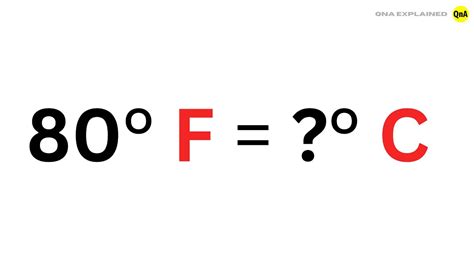Pounds And Ounces

The units of measurement, pounds and ounces, are fundamental components of the imperial system, widely used in the United States and, to a lesser extent, in the United Kingdom and other countries. These units are primarily utilized for measuring weight or mass, with the pound being the larger unit. Understanding the relationship between pounds and ounces is crucial for everyday applications, ranging from cooking and grocery shopping to scientific and industrial uses. The conversion between these units is straightforward: 1 pound equals 16 ounces. This relationship is essential for converting between recipes, measuring ingredients, and understanding product weights.
Historically, the origins of these units date back to the British Empire, where they were part of a broader system of measurement that included inches for length, fluid ounces for volume, and pounds for weight. Over time, while many countries adopted the metric system for its simplicity and consistency, the United States, among others, retained the imperial system for certain everyday applications. The persistence of pounds and ounces in American culture is evident in how body weight, food products, and even postal packages are measured and communicated.
Key Points
- The imperial system uses pounds and ounces to measure weight, with 1 pound equaling 16 ounces.
- Understanding this conversion is essential for various applications, including cooking, shopping, and industrial uses.
- The origins of pounds and ounces trace back to the British Empire as part of a broader measurement system.
- Despite the global adoption of the metric system, pounds and ounces remain widely used in the United States and other countries for specific purposes.
- Conversion between pounds and ounces is crucial for following recipes, measuring body weight, and understanding product labeling.
Conversion and Usage

Converting between pounds and ounces is a basic arithmetic operation. For instance, to convert ounces to pounds, one divides the number of ounces by 16. Conversely, to find out how many ounces are in a given number of pounds, one multiplies the number of pounds by 16. This conversion is not only useful in cooking, where recipe ingredients are often listed in both units, but also in understanding body weight measurements, where weight loss or gain is typically tracked in pounds but can also be discussed in ounces for smaller, more precise changes.
Practical Applications
In practical terms, the distinction and conversion between pounds and ounces are vital for precision in various fields. For example, in the culinary world, a recipe might call for ingredients in ounces for accuracy, especially when dealing with small quantities of spices or leavening agents, while the overall weight of a dish might be discussed in pounds. Similarly, in healthcare, patient weights are often recorded in pounds but may be analyzed in ounces for specific medical assessments or to track small changes over time.
| Unit | Conversion Factor | Description |
|---|---|---|
| Pound (lb) | 1 lb = 16 oz | Unit of weight or mass in the imperial system |
| Ounce (oz) | 1 oz = 1/16 lb | Smaller unit of weight or mass in the imperial system |

Cultural and Historical Significance

Culturally, the use of pounds and ounces is intertwined with the history and traditions of the countries that employ the imperial system. The names themselves, “pound” and “ounce,” derive from ancient Roman units of weight, the libra (pound) and uncia (ounce), indicating a historical continuity in measurement practices. This cultural aspect is evident in how these units are taught in schools, used in media, and referenced in literature, contributing to a shared understanding and usage that transcends mere utility.
Education and Awareness
Educational programs often include lessons on the imperial system, ensuring that future generations are familiar with pounds, ounces, and other related units. This education is crucial for maintaining the practical use of these units in society, as well as for appreciating the historical and cultural context in which they developed. Moreover, public awareness campaigns and product labeling initiatives help in keeping the general public informed about the correct usage and conversion between these units, promoting a more informed and engaged community.
In conclusion, pounds and ounces are more than just units of measurement; they are part of a broader cultural and historical context that influences how we understand and interact with our environment. Their continued use alongside the metric system reflects the diversity and complexity of human societies, where tradition, practicality, and global communication intersect.
How do I convert pounds to ounces?
+To convert pounds to ounces, multiply the number of pounds by 16, since 1 pound equals 16 ounces.
Why are pounds and ounces still used in some countries?
+Pounds and ounces are still used due to historical and cultural reasons, as well as for practical applications in everyday life, such as cooking and measuring body weight.
How do I convert ounces to pounds?
+To convert ounces to pounds, divide the number of ounces by 16, as there are 16 ounces in a pound.



